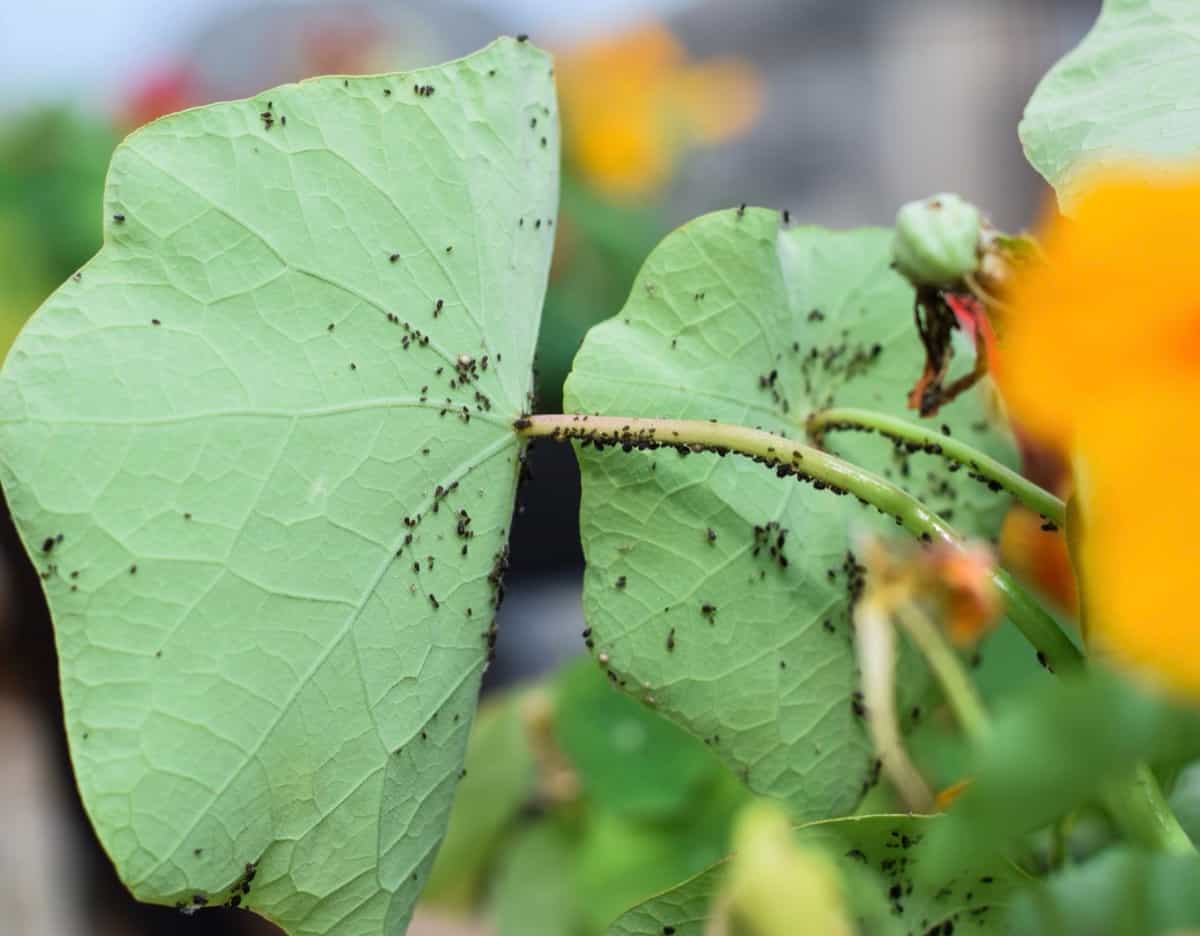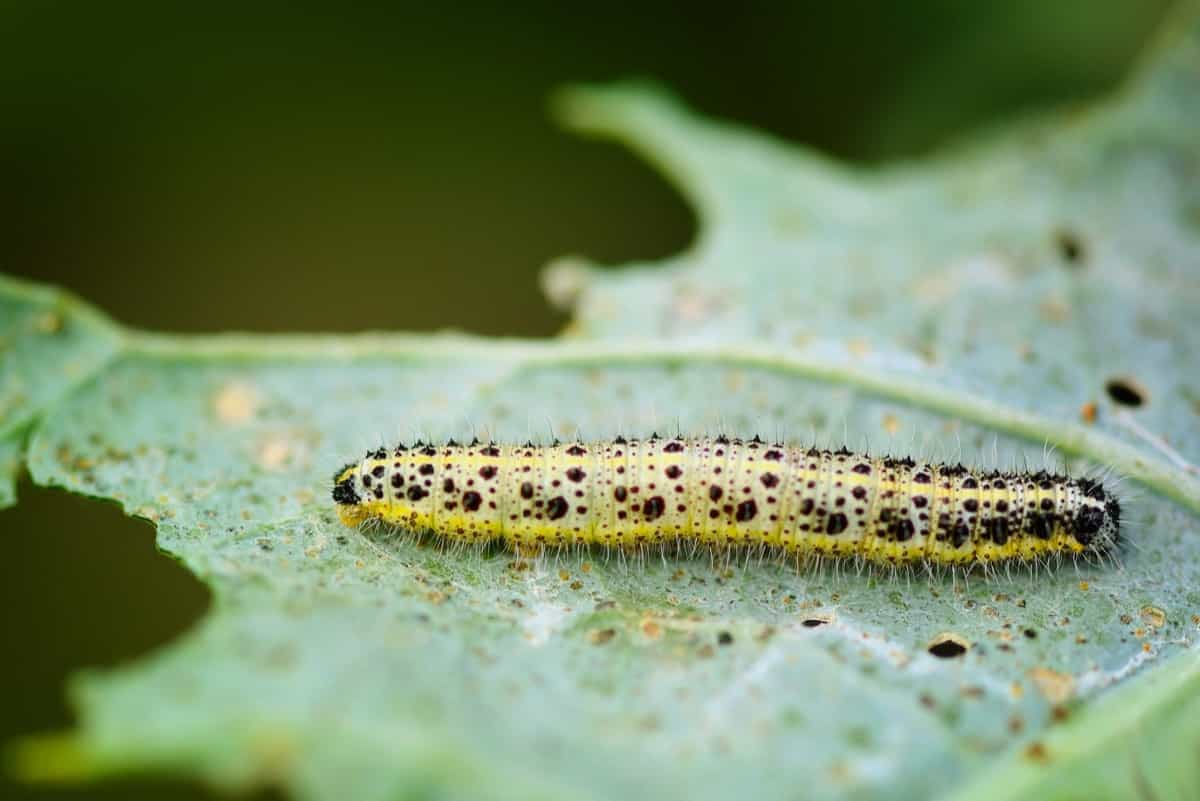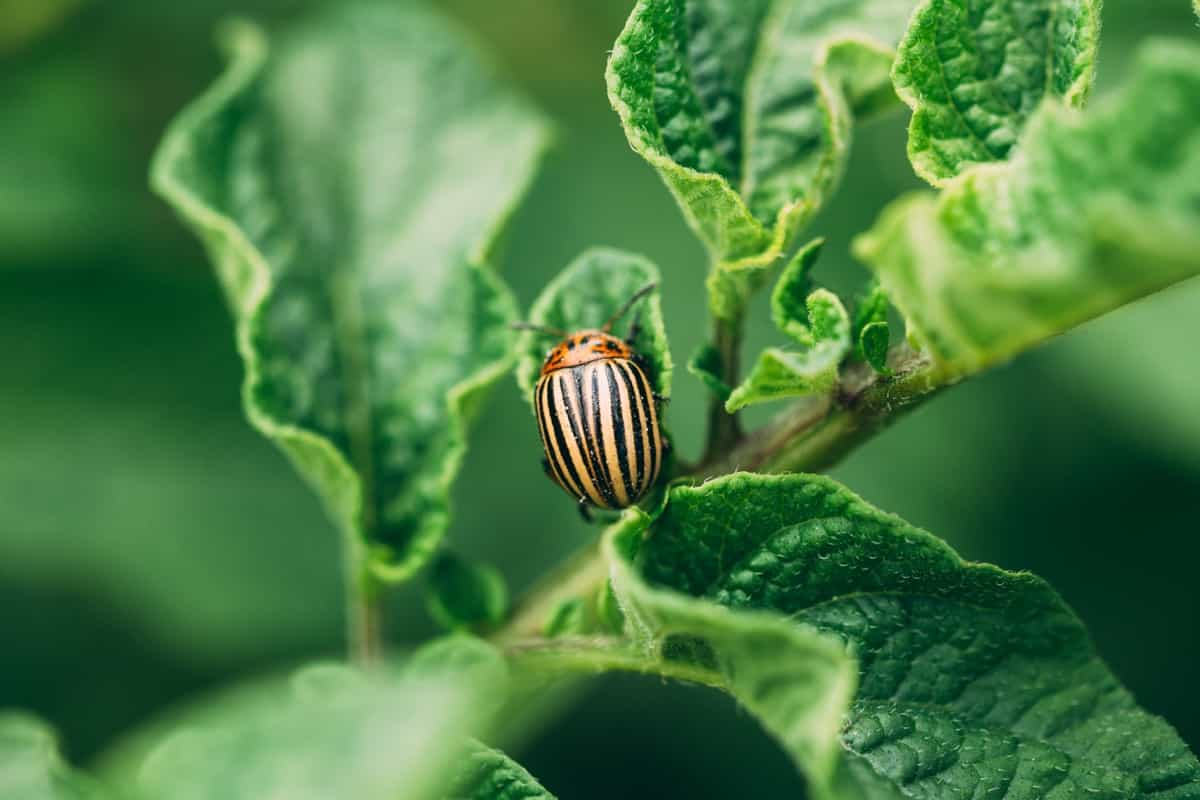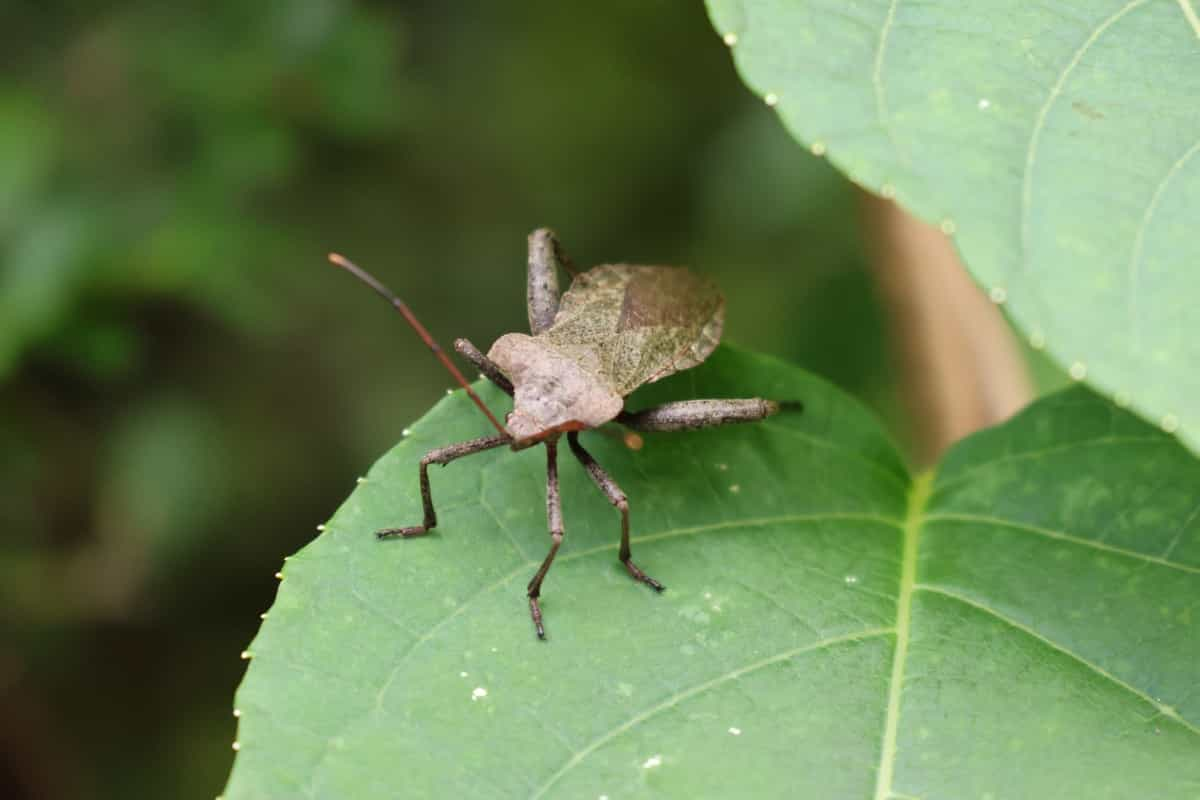Insect pests can wreak havoc on your vegetable plants and significantly reduce yields if not properly managed. The presence of common insect pests in vegetable crops can have a significant impact on their overall health and productivity. These pests are not only a nuisance, but they can also cause extensive damage to the plants, leading to reduced yields and lower-quality produce. Farmers in the Midwest must be proactive in managing these common insect pests.
Overview of Insect Pests Affecting Vegetable Crops in the Midwest
The Midwest region is known for its bountiful vegetable crops, but unfortunately, it is also home to several insect pests that can wreak havoc on these plants. These pests are not only a nuisance, but they can also cause significant damage to the crops, leading to reduced crop yields.
Insect Pests of Vegetable Crops in the Midwest
Identification and Management of Aphids in Midwest Vegetable Crops
Aphids are tiny insects that can cause big problems for vegetable crops in the Midwest. Identifying aphids is relatively easy as they are small insects that come in a variety of colors, such as green, yellow, or black. They usually congregate on the undersides of leaves and stems.

There are many effective methods you can employ to manage aphid infestations in your vegetable crops. The main option is to introduce natural predators like ladybugs or lacewings into your garden. These beneficial insects will happily feast on aphids and help keep their populations under control. Another way is to use insecticidal soaps or oils specifically formulated for controlling aphids. It’s important to note that prevention is key to managing aphid populations.
Controlling Cabbage Worms and Loopers in Midwest Vegetable Crops
Cabbage worms and loopers are two common insect pests that can wreak havoc on vegetable crops in the Midwest. The effective method of controlling cabbage worms and loopers is through biological controls. Certain parasitic wasps, such as Trichogramma species, lay their eggs inside the eggs of these pests, effectively killing them before they hatch.
In case you missed it: Top 9 Insect Pests Affecting Medicinal Plants and Management Strategies

By releasing these beneficial insects into your vegetable garden at the right time, you can reduce populations naturally without resorting to chemical pesticides. For more immediate control of severe infestations, mechanical methods like handpicking or using sticky traps can be employed. This manual removal may not eliminate all pests but will help keep their numbers in check.
Preventing Infestations of Colorado Potato Beetles in Midwest Vegetable Crops
Colorado potato beetles can wreak havoc on vegetable crops in the Midwest, causing significant damage to potato plants and other related crops. These pests have voracious appetites and can quickly defoliate plants if left unchecked. To prevent infestations of Colorado potato beetles in vegetable crops, it is important to implement proactive management practices.
In case you missed it: How to Get Rid of Japanese Beetles in Lawn Naturally: Control and Treatment

The effective method is crop rotation, where you alternate planting potatoes with non-host crops such as corn or beans. This disrupts the beetle’s life cycle and reduces their population over time. Another strategy is regularly monitoring your plants for signs of beetle activity. Additionally, consider using floating row covers during vulnerable stages of plant growth.
Managing Corn Earworms in Midwest Vegetable Crops
Corn earworms, also known as tomato fruitworms, can be a major nuisance for vegetable farmers in the Midwest. These pesky insects are highly destructive and can cause damage to vegetable crops such as corn, tomatoes, peppers, and beans. The effective method of managing corn earworm infestations is through the use of insecticides. There are several chemical options available that specifically target these pests.
However, it’s important to carefully read and follow the instructions carefully on the product label to ensure safe and effective application. Crop rotation can also help manage corn earworm populations. Regular monitoring of your crops is essential in the early detection and management of corn earworm infestations.
Dealing With Squash Bugs in Midwest Vegetable Crops
Squash bugs can be a real nuisance for vegetable farmers in the Midwest. These little pests have a knack for wreaking havoc on squash plants, causing wilting, discoloration, and even death. The first step in dealing with squash bugs is prevention. By practicing good garden hygiene and removing any plant debris or weeds that could act as hiding places for these pests, you can reduce their numbers before they become a problem.
In case you missed it: Does Lysol Kill Bed Bugs?: Myths and Facts About Lysol and Bed Bugs

Another effective method of control is using physical barriers. Consider placing row covers over young plants to keep squash bugs at bay. Additionally, introducing beneficial insects into your vegetable garden can help keep populations under control by preying on the pests.
Control Measures for Flea Beetles in Midwest Vegetable Crops
Flea beetles can be a real nuisance when it comes to growing vegetable crops in the Midwest. These tiny, jumping insects can quickly devastate plants by feeding on their foliage and spreading diseases. But fear not; there are effective control measures you can take to protect your precious veggies. The first step in managing flea beetles is prevention. Start by practicing good sanitation in the vegetable garden.
Remove any plant debris or weeds that may serve as breeding grounds for these pests. Additionally, consider using row covers to physically block them from accessing your crops. If you do encounter an infestation, there are several organic pesticides available that specifically target flea beetles. Neem oil can be sprayed directly onto affected plants to deter and kill these pesky insects.
Preventing Infestations of Onion Maggots in Midwest Vegetable Crops
Onion maggots can wreak havoc on your vegetable crops, causing significant damage and potentially devastating losses. To prevent infestations of onion maggots in your Midwest vegetable crops, there are several effective measures you can take. Practicing good crop rotation is crucial. By planting onions (and other susceptible crops) in different areas each year, you disrupt the life cycle of these pests. Additionally, maintaining a clean garden environment is vital for preventing infestations.
Remove any decaying plant material or weeds that may attract adult flies and provide suitable breeding grounds for their offspring. Furthermore, timing is everything when it comes to controlling onion maggot populations. Monitor weather conditions and be prepared to apply appropriate insecticides during peak fly activity periods (typically early spring). Consult with local agricultural extension offices or experts for specific recommendations on effective chemical control options.
Identification and Management of Cutworms in Midwest Vegetable Crops
Cutworms can be a major nuisance for vegetable farmers in the Midwest. This can lead to significant crop damage if left unchecked. To identify cutworms, look for small caterpillars that are usually gray or brown. They hide during the day and come out at night to feed on your precious vegetables.
One effective method of management is using physical barriers such as collars around the stems of young plants to prevent cutworms from reaching them. Another approach is applying biological control agents like parasitic wasps or nematodes that specifically target cutworm larvae. These natural predators can help reduce populations without harming beneficial insects or pollinators.
Controlling Spider Mites in Midwest Vegetable Crops
Identifying spider mite infestations is crucial for prompt action. Look out for stippling or small white spots on leaves, fine silk webs between plants or leaf nodes, and overall discoloration of foliage. Once you’ve confirmed a spider mite problem, it’s time to take control. One method of managing spider mites is through regular monitoring and early detection. Inspect your crops frequently for any signs of infestation so you can intervene before the population explodes.
You can also use natural predators to help control the populations naturally. Another approach is using insecticidal soaps or oils specifically formulated for controlling spider mites. Additionally, removing weeds around your vegetable crops eliminates potential hiding places for spider mites and reduces competition for resources between host plants and other vegetation.
Frequently Asked Questions (FAQ) on Insect Pests Found in Vegetable Crops in The Midwest
What Are the Most Common Insect Pests Found in Vegetable Crops in the Midwest?
The Midwest is home to a variety of insect pests that can cause damage to vegetable crops. Some of the most common pests include aphids, cabbage worms, cucumber beetles, flea beetles, and tomato hornworms.
What Kind of Damage Do Insect Pests Cause in Vegetable Crops?
Insect pests can wreak havoc on your vegetable crops by feeding on plant leaves, stems, fruits, or roots, depending on the specific pest involved. This feeding damage often leads to stunted growth, wilting plants, distorted foliage, or fruit development.
How Can I Prevent Insect Infestations in My Vegetable Garden?
Implementing proper sanitation measures like removing weeds regularly and clearing away crop debris after harvesting can help reduce pest populations significantly.
Conclusion
The major effect of pests on vegetable crops is the destruction they inflict on the leaves and stems of vegetable plants. By applying effective pest control strategies early on and regularly monitoring their fields for signs of infestation, growers can minimize the negative effects on vegetable crop health and productivity while ensuring sustainable agricultural practices.
- Deworming Schedule for Dogs/Puppies: A Beginners Guide
- How to Prevent and Control Parasites in Goats
- Beneficial Insects in Pest Management
- Natural Solutions for Pest Control in Flower Gardens
- Types of Fungicides Used in Agriculture
- Common Issues in the Fruit Development Stage of Pomegranate Farming
- Fruit Development Issues in Papaya: Easy Solutions and Treatment
- Soil-Borne Diseases and How to Protect Your Plants
- Practices to Prevent Disease Spread in the Garden